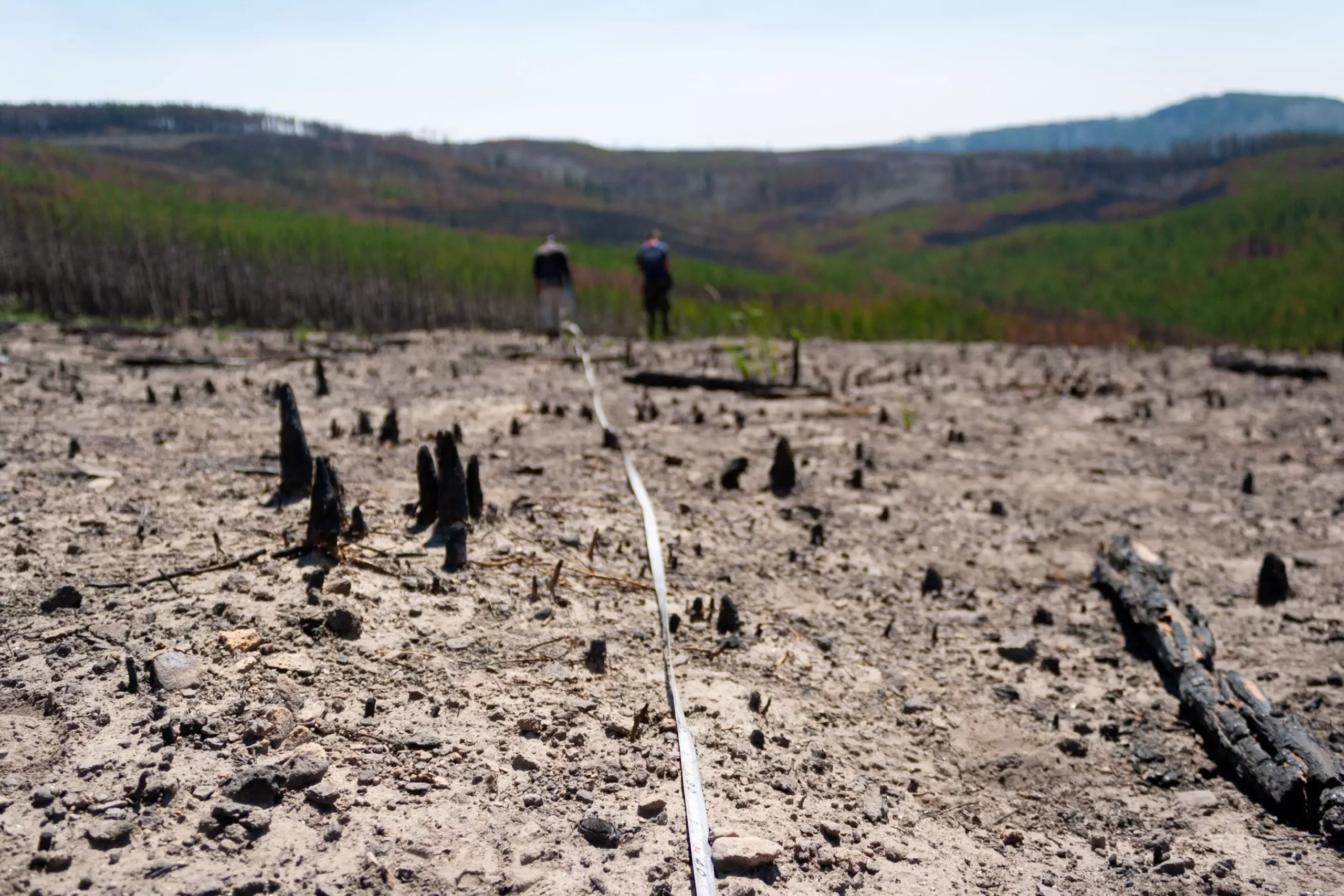Forests have long been heralded as critical allies in our fight against climate change. These vast ecosystems act as natural carbon sinks, absorbing significant amounts of carbon dioxide (CO2) from the atmosphere as they grow. However, a recent study casts a shadow on the optimistic narrative surrounding the carbon storage potential of Western U.S. forests. This research highlights an urgent need for reevaluation of our strategies towards forest management and sustainability as climatic conditions change, and natural disasters escalate in frequency and intensity.
The paper, spearheaded by Jazlynn Hall at the Cary Institute of Ecosystem Studies, examined carbon storage trends across the American West over a period from 2005 to 2019. Contrary to popular belief, the findings revealed that many forests are not trapping as much carbon as previously assumed—and that they may even be releasing it back into the atmosphere due to the effects of climate change and increasing wildfire incidents.
Understanding Carbon Dynamics and Their Implications
Hall’s study warns of a disturbing trend: despite the general momentum toward utilizing forests to sequester more carbon, many areas are witnessing a decline in their carbon storage capacity. The research used survey data collected by the U.S. Forest Service and employed advanced machine learning techniques to analyze the factors influencing carbon dynamics across 19 distinct ecoregions, ranging from the arid Southwest to the humid Pacific Northwest.
The results uncovered a stark reality. In many regions, live carbon—carbon stored in living trees—has diminished significantly, while dead carbon, or carbon held in decomposing or dead trees, has seen an uptick. Such findings raise alarming concerns as standing deadwood does not store carbon in the long run but instead serves as a release mechanism during forest fires or decomposition. This cycle highlights a troubling feedback loop where forests, instead of acting as carbon reservoirs, act as active contributors to atmospheric CO2 levels.
Climate Challenges: The Stressed Ecosystems
Hall and her colleagues pinpointed critical factors influencing these trends, particularly climate conditions and wildfire activity. Precipitation, temperature, and humidity emerged as primary drivers in eight of the analyzed ecoregions, while fire ranked among the top influences across roughly two-thirds of them. The long-standing practices of fire suppression, intended to prevent wildfires, have inadvertently led to denser fuel accumulations, ultimately resulting in more intense and uncontrollable fires. Such a scenario imposes an impending threat not just to carbon storage but fundamentally to the resilience of these forest ecosystems.
While a sense of doom surrounds the future of Western forests, the study also delivers rays of hope. Certain regions, specifically the Pacific Northwest, exhibited increased carbon storage during the study period—a stark contrast to the overall decline. This positive outlier suggests that with strategic intervention, we can foster more resilient forests capable of carbon retention. Here, proactive management, such as reducing old-growth harvesting and expanding protected areas, can lead to healthier ecosystems better equipped to combat climate challenges.
Strategizing for the Future
Despite the disheartening findings, the research paints an actionable path forward. The groundwork laid by Hall’s team can inform site-specific forest management strategies tailored to local conditions. It emphasizes the necessity for immediate and strategic investments in forest management, including practices like mechanical thinning and prescribed burning to mitigate the imminent risks posed by climate change and wildfires.
Winters of the Cary Institute highlighted the study’s robustness, especially in its geographical breadth and high resolution, enabling localized forest stewardship efforts. By understanding the diversity in forest responses to climatic and ecological influences at regional and local levels, management protocols can be designed with greater precision.
Another striking aspect of the findings is the recognition that existing carbon storage in Western forests might be artificially inflated, primarily due to fire suppression methods that have persisted over centuries. This revelation calls for a paradigm shift in management perspectives—moving away from outdated practices towards strategies that respect natural fire regimes and prioritize ecological health.
Looking Ahead: Building Resilience Through Research
While the study’s analysis concluded in 2019, the researchers express keen anticipation for future updates as they plan to revisit their findings in light of data from the unprecedented wildfire seasons of 2020 and 2021. Gaining insights into how these severe events have further impacted carbon storage will be crucial for refining our understanding and management of forest ecosystems.
The focus on the resilience of Western forests is paramount, as Hansen’s ongoing research initiative aims to strengthen our ability to coexist sustainably with fire. As climate challenges intensify, the time is ripe for an unwavering commitment to rethinking forest management practices to safeguard our remaining carbon sinks. The clock is ticking, and our forests deserve immediate, informed, and sustained involvement to emerge as steadfast defenders against climate change.

